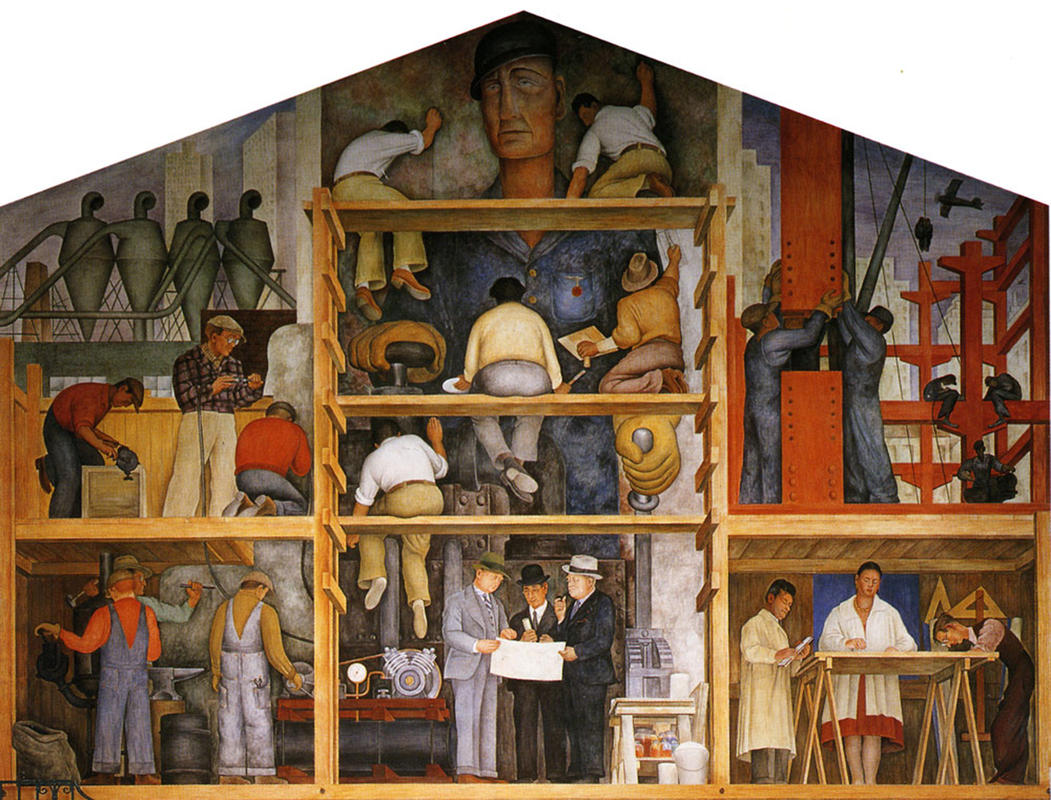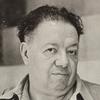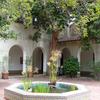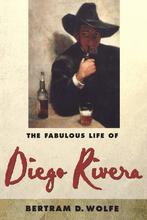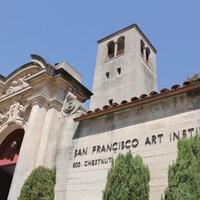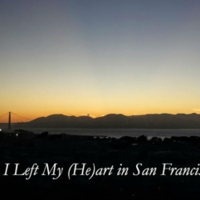More about The Making of a Fresco Showing the Building of a City
- All
- Info
- Shop

Sr. Contributor
This mural within a mural is Diego Rivera’s Inception moment, chock full of meta references, insider connections, and a heavy dose of pretentious symbolism.
Rivera paints himself, painting a mural, in the midst of the construction of an art deco metropolis. The people around him are various real-life cronies of the artist who contributed to the project. Rivera is seated in the center scaffolding, easily distinguishable by his brush, palette, and sizeable ass, which for some reason every woman wanted a piece of. Above him are his assistants, British artists John Hastings and Clifford Wight. Hastings has been called “England’s Diego Rivera” and Wight contributed murals to Coit Tower.
The three wealthy looking bigwigs huddled underneath are members of the cultural and financial elite: Timothy Pfleuger, architect of the San Francisco Stock Exchange (Pfleuger had rejected Rivera’s pitch for a mural at Oakland’s Paramount Theater, so Rivera painted him in here to show there were no hard feelings); William Gerstle, who commissioned the mural, was president of the San Francisco Art Association, known for its wild, sexy fundraisers in the 1930s; and Arthur Brown, architect of Coit Tower, The San Francisco Opera House, and City Hall (where Rivera had his second wedding to Frida Kahlo).
The guy chiseling away in the hipster flannel on the upper left is sculptor Ralph Stackpole, considered the most important San Franciscan artist of the 1930s. Diego and Frida crashed in his studio while they were staying in the City. Rivera also collaborated with Stackpole, Wight and Pfleuger on the San Francisco Stock Exchange, where he painted Allegory of California. Rivera despised capitalist investment bankers, but always a good sport, he wasn’t above cashing their checks.
The mural’s sole female figure is architect Geraldine Colby Frikie. There’s little info about her, but anyone who drafts up blueprints dressed like friggin' Cruella de Ville in white fur, a red dress and jewelry is someone I’d like to have a drink with. To be fair, the “fur” coat is probably supposed to represent a worker’s smock, but she wears it like a BAMF.
Gerstle and his fellow patrons had to pull a lot of diplomatic strings to get a visa for the openly communist Rivera, and stipulated that the content of the mural could be “anything but of a political nature.” Rivera resisted the temptation to “photobomb” the mural with Vladimir Lenin’s face, but that didn’t stop his heavy-handed communist agenda. In the Depression, it was popular to celebrate the achievements of the working man, but Rivera takes this a step farther by placing the rich and powerful artistic establishment at the bottom, with the monumental fresco of a laborer towering above them. Rivera insisted that the “red star” pinned to the laborer’s shirt was just a tobacco label, but it looks suspiciously like a communist symbol.
Rivera and fellow artists of the so-called “people” like Stackpole and Frikie mingle with the construction crew. Rivera saw artists and intellectuals as on the same level with the proletariat, both of them exploited by the one percent; the distinction being that while those workers were standing in bread lines and living in shanties, Rivera was throwing back martinis with that same one percent, and banging Hollywood movie stars. Whatever helps you sleep at night, bro.
All kidding aside, the mural is breathtaking in person, a must-see for locals and tourists alike, just a stone’s throw from world famous Lombard Street. For information on visiting this and other Diego Rivera murals in San Francisco, you can read about our adventures here.

